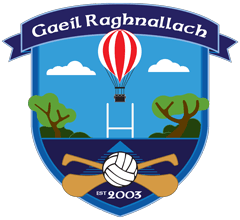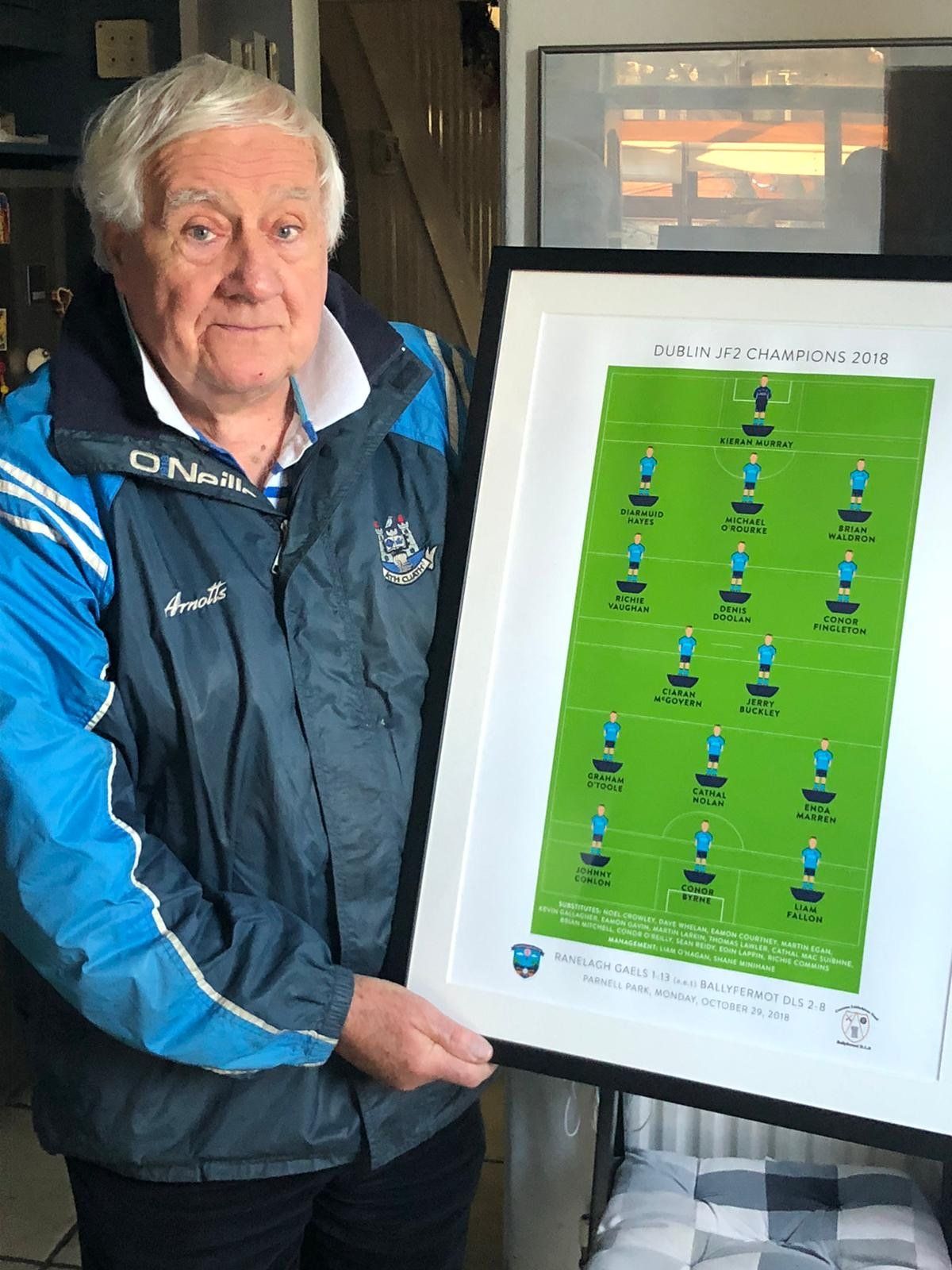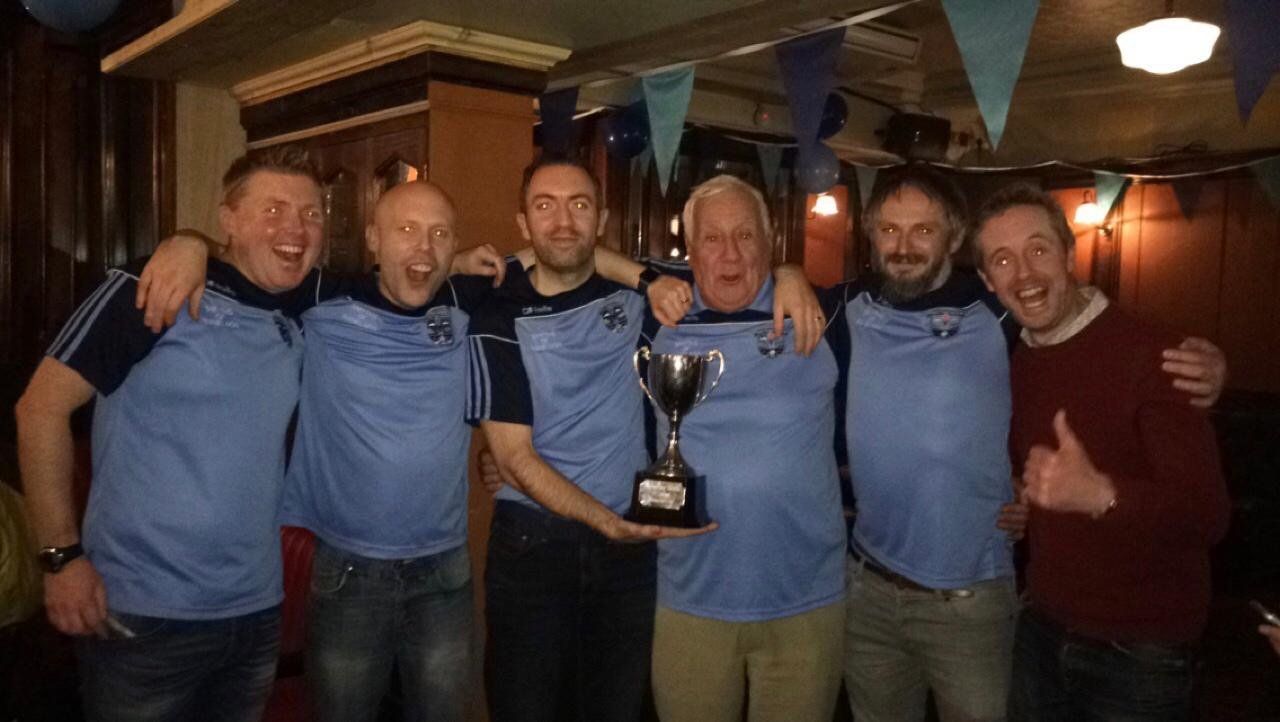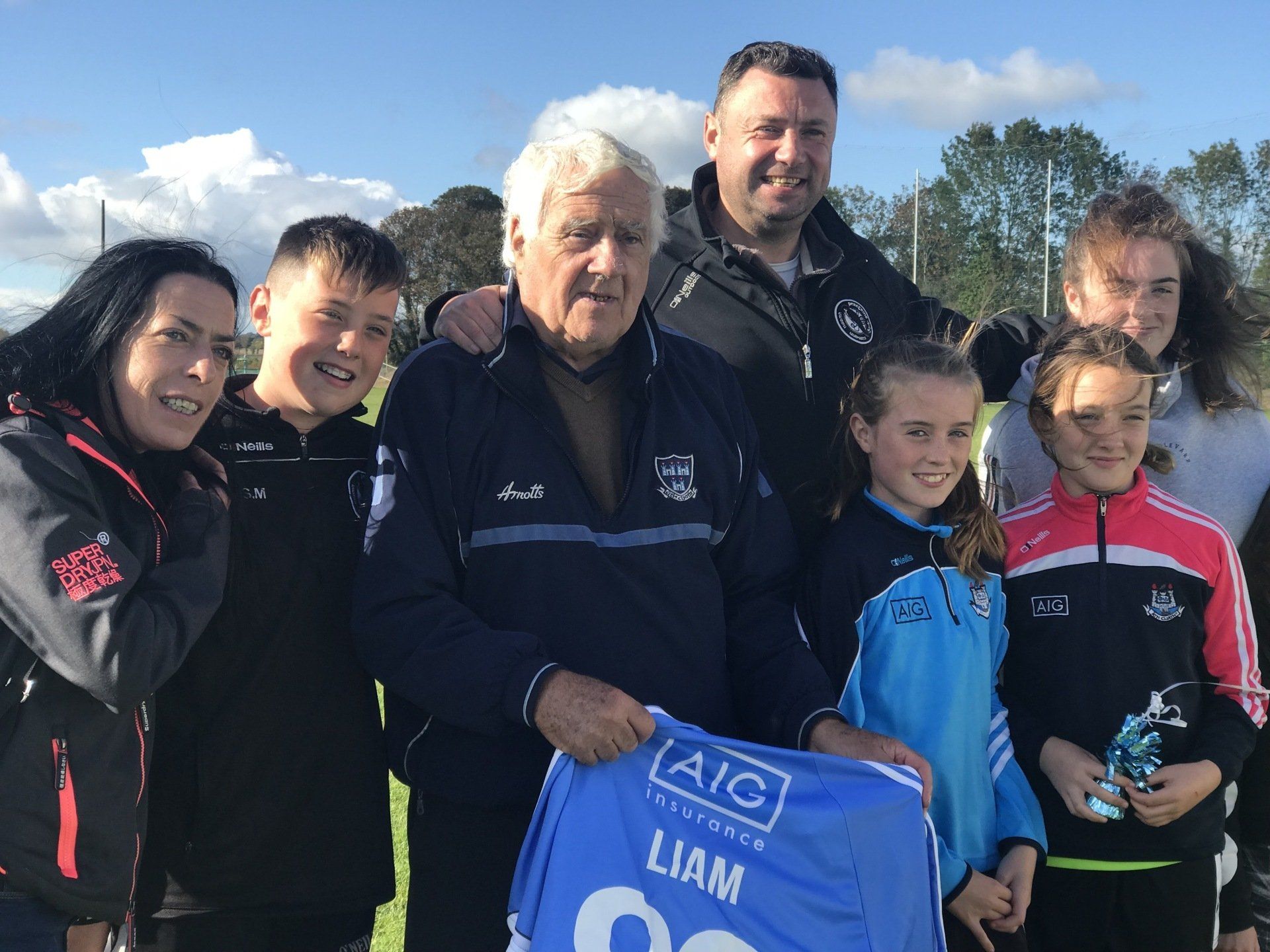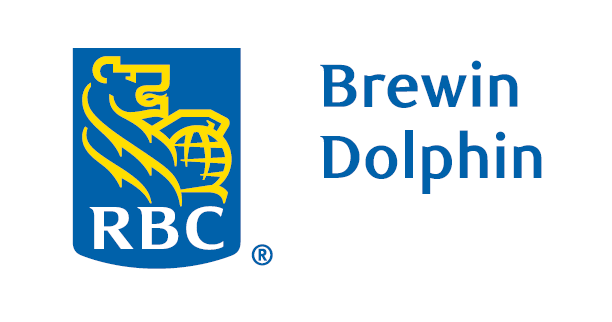An Interview With Our Club President, Liam O'Hagan
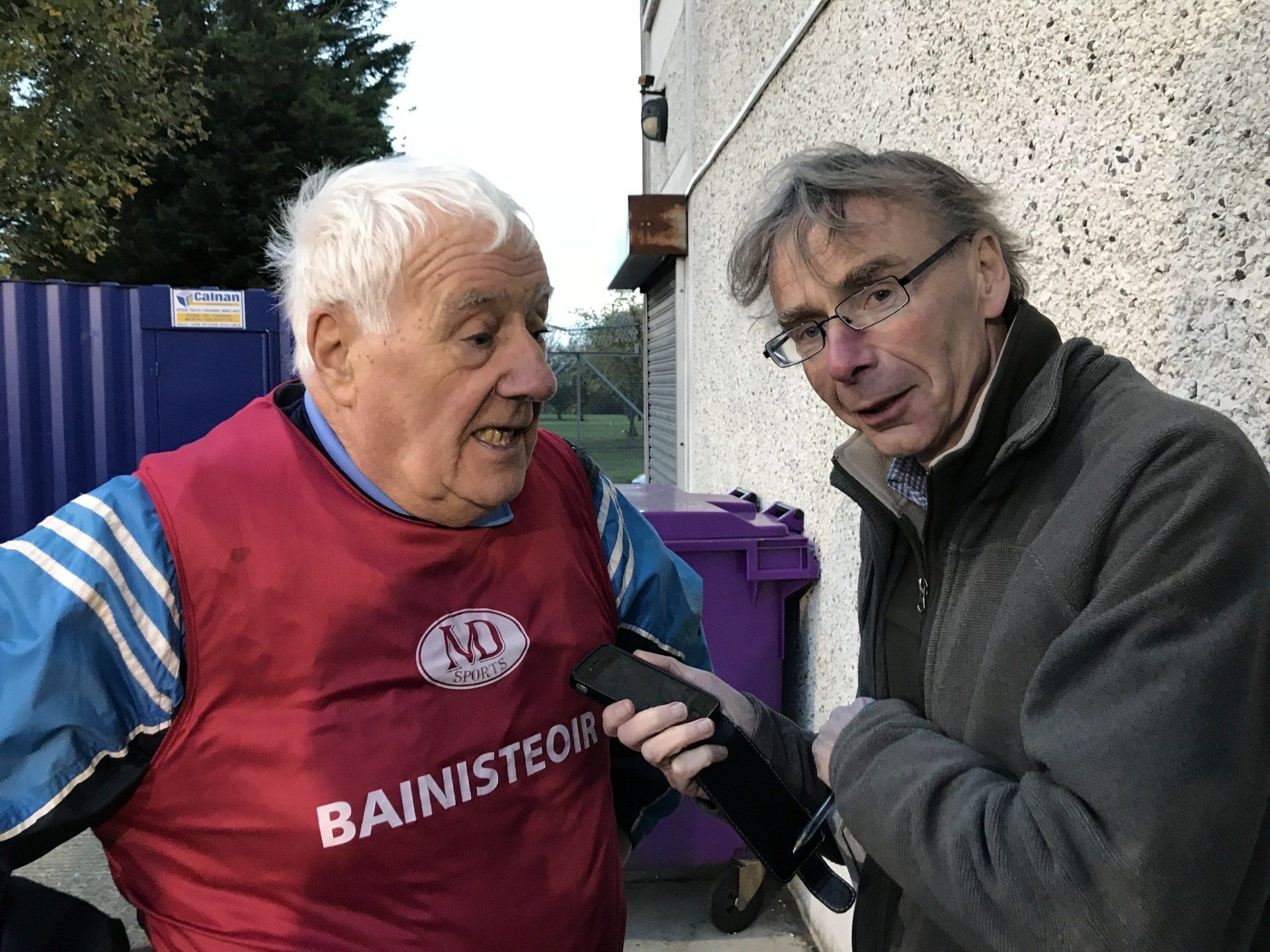
Ranelagh Gaels Club Chairperson Joe Davitt recently sat down with our club founder and President Liam O'Hagan to talk about old times and the seeds that were planted and grew into club we are so proud of today. (Liam is pictured above with Niall Scully of The Herald after the Gaels' Junior 2 Championship final win at Parnell Park.)
Liam O’Hagan is Citizen No 1 of Ranelagh. Fact. He’s the man that planted the GAA seed for future generations of Dublin 6 residents after Ranelagh Gaels was founded in 2003.
In the beginning there was Bill.... well no. Let’s go back a bit further to 1209. A group of Dublin settlers decided to visit the edge of civilisation - Cullenswood (modern day Ranelagh) for an Easter picnic and a game of hurling. They were ambushed by the O’Toole clan who left 500 dead. Game over…. for 700 years.
No wonder that Liam is a big ball man. “I was playing football since I was walking. I went to Synge Street (school) after Milltown (primary school). We went through from eight or nine until we were 18. You might play a minor match or a junior match from 16 up in Dolphin Park. They were a closed club. You couldn’t play for them unless you were a past pupil or a teacher or a Christian Brother that was in Synge St. We had very good players who were Christian Brothers,” he harks back to a bygone era.
How did Ranelagh Gaels start then? What was the initial push to get the club started? “Honestly Joe, it just started in the pub. In Smyth’s pub. I was drinking tea, the other two fellas were drinking pints. ‘You’ve time on your hands now Liam, why don’t you start a club?’ We hummed and hawed and hummed and hawed and then put up a 4x4 (ad) in the window which said we were having a meeting the following Thursday or Friday night.
“Then we had about 20 fellas. We called another meeting, a committee together. The late Dick Morrissey, a blue blue Dub, he was our first chairman. We trained over here in the Jesuits (Gonzaga), we got different fellas. We have a lot of fellas spread over the globe that played with us. They’re in America, they’re in Australia, they’re in Dubai. All over the place, they’re running teams now from the little seed of Ranelagh,” he says proudly.
Before there were Spars or Centras there was O’Hagan’s – a one-stop shop on the Ranelagh Road. I can still see Liam putting the flowers out on display in the morning traffic. “We lived over two shops in Ranelagh Road, opposite the bank (Bank of Ireland) there…. 87-85. My father was from Belfast, my mother was from Wicklow. They met in England. The old man was burned out in Belfast in ’22 (during the pogroms). I was born in England. That’ll be news to a lot of people!” he confesses.
“We came back from England in ’39, when I was a year. The old man, the old lady – they bought 87 Ranelagh. There was three rooms behind the shop. That’s where we were until we bought next door (85 Ranelagh) – Armstrong’s then – in the middle 50s. We had a good bit more space upstairs and out the back.”
What was Ranelagh like back then? “The people of Ranelagh have changed so much, it’s incredible. We had seven or eight butchers, three, four fish shops in my time. The bread men, most of them would come with a horse and dray. The milk would come with a horse and cart. Mervillle and HB, now it’s all changed,” Liam reminisces.
“Mr Cosgrave… Paddy, used to kill out the back of No 83, they had an abattoir there. They could kill 10 or 12 cattle every week and a score of sheep. He’d sell them.”
So there wasn’t an endless vista of restaurants?
“There were two restaurants,” Liam clarifies. “There was an expensive restaurant, Paddy Cosgrave owned it - The Grill. And then Paddy Kenny had the Pronto. Paddy is still alive. You’d go into the Pronto yourself. If you were stepping out with a girl and impressing her you’d go the Grill. Upper-class.”
If there was little traffic back in Liam’s youth. What sounds were there in the village?
“There’s three rivers that go under Ranelagh – would you believe that? They meet down the bottom of Sallymount Avenue near Appian Way. If you stand there on a wet day you can hear it going down, thundering down there. In ’63 we had a big snow, there was no school for six weeks. There was very little traffic for a month with the roads being so bad. There was no cars that time. Everything was done on a push bike with a basket in front. Deliveries, all that craic. You’d nearly go the America in that.”
Times were hard in Ranelagh back then, long before the Celtic Tiger roared. “In the house I have ration books – tea, sugar, butter. We weren’t too bad because we had connections in the country and we’d be up and down. We used to go down on the 65 bus to my grandfather’s place. We’d always get a chicken for somebody or for ourselves indeed.
Times were tough money wise and we went from that into the ‘60s… into flatland,” he explains. “I can remember as I was finishing as an altar boy in the late ‘50s. There’d be two or three masses on a weekday, then the evening devotions and May processions. There’d be thousands at it. Unbelievable. All Ashfield, Edenvale, Beechwood, Elmwood – a lot of them were in flats. Instead of two, three, four people in them, there was eight or 10! That was Ranelagh as it started.”
I remind him of Keighron’s shop next to him where I bought copious bags of Apples Drops and Kola Kubes (measured out in ounces and pounds) as a young lad and O’Brien’s Pub (which became Smyth’s) where I’d blag my first pints. “Lester’s were in before that,’ Liam adds.
“Directly beside that the Harrington family went into Humphrey’s and then there were a couple of more pubs down the bottom of Ranelagh. There were five pubs in Ranelagh, they all done well. Where Supervalu is now there was a sort of a music place. When (Ken) Doherty won the World Snooker Championship (in 1997) we had a great day. We got a lorry into the front of AIB and we put up speaker. We stopped traffic, we had guards and everything. I suppose we had 2,000 or 3,000 people there. I have it on video would you believe?”
Liam was lucky enough to play during a golden period of Dublin GAA. In the early 1950s St Vincent’s became the dominant force in the capital with a generation of gifted young Dubliners led by the genius that was Kevin Heffernan. As county champions they were able to stop the practice of picking non-Dubs for the county team which forged a new unique GAA identity for Dubliners. All-Ireland glory for a true blue Dublin finally came in 1958 with Heffo as captain. Liam himself would don the Sky Blue colours in the early 1960s.
“At that time, there was a south city that went from 15, 16, 16-and-a-half and minor. Then you went into the Dublin county board. There was a junior board, a senior board and a hurling board in Dublin GAA. They amalgamated alright. There was great men in the junior board, they used to run the biggest championship in GAA, soccer or rugby in the city. It would be run and finished by the 1st of June. Hail, rain or snow they’d play it. Seán O’Connor was the secretary there and Art Nolan – they were the two drivers of that and they were brilliant men. And no telephones that time. It was all done with a pencil and a stamp.
“We (Synge St) had a few fellas that made the grade. We had a good a team as anyone. The county board didn’t look across the river at all! It was all, as you say, Vincent’s. The Clans (Clanna Gael) got a few fellas on it. There was no Templeogue that time, Kilmacud were only starting. Same with Ballyboden. Crokes were a hurling club. I had a friend called Paddy who played for them and, like me, he went mad when they amalgamated.
“There was no big clubs, the southside particularly. Going back in my time, there was Seán McDermotts, Peadar Mackens. The drapery people had a team – Green Flags. They’ve all gone – defunct. We had great times playing U16 and U16-and-a-half, minor football and then we went in and played junior football nearly immediately with Synge St.”
Who was the best player Liam played against in 1960s? “Mickey Whelan was there until he went away to America. Donie Sullivan from Kerry; he played with Clanna Gael. Vincent’s were a great team that time. Heffo was still playing. We drew with them in the semi-final of the championship and we should have beat them. I was full-forward that time. I knew Des (Foley – captain of the All-Ireland-winning team of 1963) very well, a terrible loss to football. He was an icon, hurling as well.
“Fr Freaney’s (former parish priest of Beechwood) brother was Ollie – great players. They had 14 players on the Dublin team (that won the 1953 league). It just shows you how the scene has evolved. There isn’t that many Vincent’s fellas with the Dublin scene now, there’s a better spread of players. That’s one of the reasons we (Dublin) are a bit more successful.
“We’d some great players (at Synge St). Séamus O’Connor, an Army man was on a Leinster team (Railway Cup) when it was an honour. That time, everything was small. If you had a bike you were flying. We used to ride a bike to the park and ride back. Maybe go back in the afternoon for a match. On the horse, pedal power. We could go on the Tour de France nearly!
“(Brian) McDonald was on the 1963 team. Unfortunately, he was moved down the country (to Mayo) and people didn’t come up that much. He played with us for a while then he said ‘look it lads, I can’t be coming up on a Saturday and thinking I’m going to play well’. He played in Mayo. He was a big loss. Clanna Gael poached two players. Bob McCrae and Dick Doherty. It was a bit of a knock to Synge St. We had a bread man, Jim Murphy, he said Synge Street let down Dublin football…. that we didn’t win what we should have won. The style of football we played. The ball was moved quickly. Matt Kelly trained us, an athlete – he ran in
the Olympics. I call training running, I had my way.”
Football then and now seem completely alien. Growing up the Dublin and Kerry teams of the 1970s were the gold standard but the ‘catch and kick’ method viewed through the 2021 lens looks like a Pathé News snippet from a hundred years ago. How does Liam see the modern game? “They’re not as physical, they’re all fitter. A lot fitter than our time. The ball is better. We’ve all bad knees from kicking that bloody thing! Honestly. Bad hips.”
One of the true greats of Dublin football was the late Anton O’Toole – The Blue Panther. A townie from the South Circular Road who gathered four All-Ireland medals and is revered in the capital. Liam mentored him. “I minded the Blue Panther when he came on the scene. This is what I say about kids developing late. A very mediocre minor. When he got to 19-20, that’s when he developed. Oh, the best! Himself and Brian McDonald.”
With all this GAA action going on in the city why didn’t Gaelic games take off in Ranelagh sooner? “Donnybrook Gaels started in my time but we all used to say ‘why don’t we start a team in Ranelagh?’ But we were all playing with Synge Street, my brothers played with Synge Street.”
In 1999 Templeogue amalgamated with Synge Street to form Templeogue/Synge St but Liam stuck with the old guard. “We had a bust up with Synge St. A few of us left it. It probably wasn’t handled right. It nearly broke up the house. The lads (his sons) were still playing with Synge St at the time… they stopped playing.”
This gave Liam time to mull a lot over, hence the ‘You’ve time on your hands now, Liam’. With the new club established in 2003 was it all plain sailing from there? “This is the argument we had when we went in with John Bailey (chairman of Dublin county board at the time), bless him. We went in to get the team going but we weren’t allowed to play! He didn’t think we could get it together or keep it together. So the first season in 2003 we just played 10 or 12 friendly matches. We even went out the Hollywood (Wicklow) to play a match. I went round to fellas I knew at different clubs. ‘Will ye give us a game?’ We had no pitch at all, no pitch. We played everybody. Park Rangers were our first match in the (Phoenix) Park. We played them twice. One Sunday was a very good match, they beat us. Then the following Sunday, we played them again and we beat them.”
It’s 50 years since the ‘Ban’ (Rule 27 prevented GAA members from playing or watching foreign sports such as soccer or rugby) was lifted. Does Liam remember growing up with that? “I remember it well. I do remember being warned not to go here or there. Especially with Glenmalure Park (home of Shamrock Rovers) beside us… I used to hop over the wall there.
“Gaelic games has blossomed in the area, some families go up to Kilmacud. Or a few more of them might go up to Templeogue/Synge St but if we provide enough football (or hurling/camogie) to look after them well, they will come to us and stay with us. No doubt about it. We’re being hammered for a bit of space but we’ll work around that. Space and pitches are a problem but it can be overcome with a little bit of goodwill from everybody. We have doctors and dentists and barristers and solicitors and money men, the whole lot –
members of the club.
“A lot of fellas that are coming through now would love to live in Ranelagh but they can’t afford to live around Ranelagh. They’ve bought houses further out. Kilcoole and these places. We’re in a good place but you have to mind the bloody thing!”
So the torch has passed from Liam to a whole host of coaches, players and parents – some of whom are there since the club was founded. “Some of the fellas that started with us and still running teams – Denis Doolan, Shane (Minahane – manager of women’s team), Eamonn Courtney – they were all fellas that were involved at the start. We were very lucky, great men and women that kept the thing together. There was a great enthusiasm, a bond. I didn’t want to have a bag of jerseys. I wanted lads who would have a few pints together, go to matches together. We have done that.
“The real ace in the hole is our young people. John Daly, Barry Coogan, Conn McCluskey. They were the ones that started that. If anyone told me then where we are now I’d say it’s pie in the sky. A man that’s doing great work is Simon Lambert (club Games Promotion Officer). He keeps the whole thing going, a real cog in the wheel. The U16s now… in couple of years’ time they’ll be able to play junior football with a few old fellas sprinkled in among them. If you have 4 or 5 fellas coming through every year, you have a club. Big, big clubs are losing too many lads between 18 and 20, we’re not providing football for them at a lower level than senior or intermediate. The GAA need to look at it.
“The ladies team was a great thing to start. Denis, Shane and Seán O’Reilly were on the go all summer to get it going. The girls won two championships – we only won one. Love blossomed in some places too and ye never know we might get good footballers from the two groups! As the horsemen say: ‘Put the best with the best and hope for the best!’”


